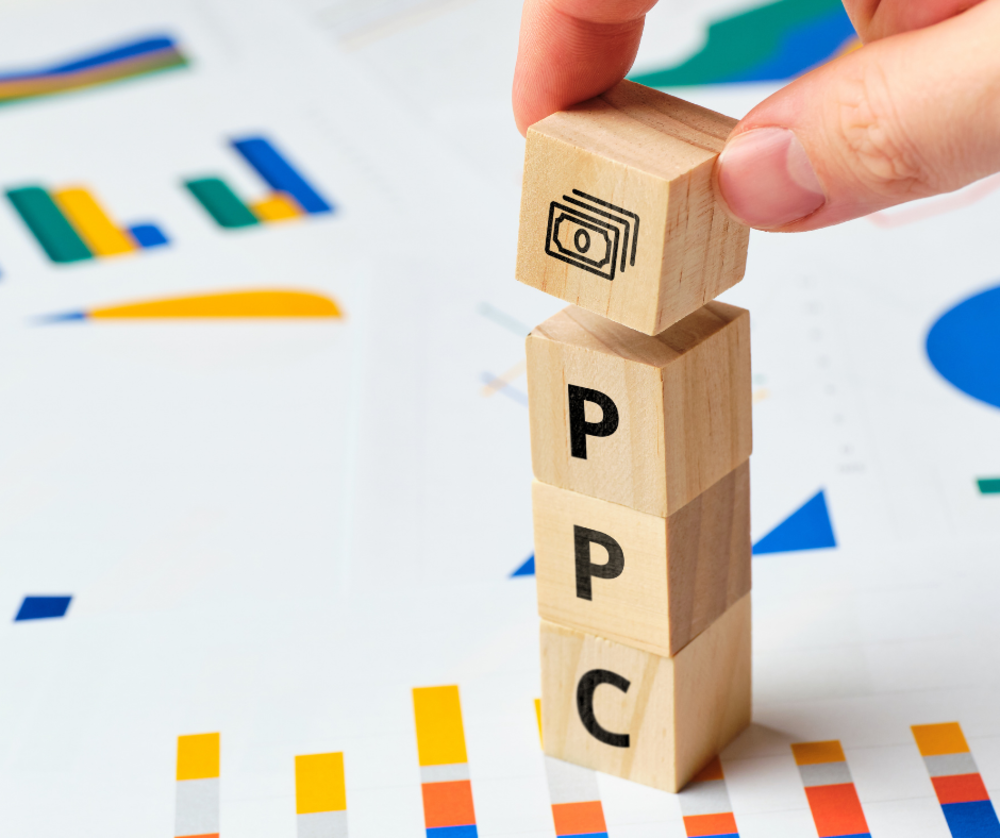Are you making the most of your PPC reports, or are valuable insights slipping through the cracks? For many local businesses and franchise owners, Google Ads campaigns generate vast amounts of data, but turning that information into actionable steps can feel like searching for a needle in a haystack. A PPC (Pay-Per-Click) report is more than just rows of numbers or a quick summary; it can be a powerful tool for shaping digital marketing strategy, building stakeholder trust, and driving meaningful actions that grow your business.
Yet too often, these reports get bogged down in technical jargon or generic overviews, leaving decision-makers feeling disconnected from the real benefits. The result? Missed opportunities, wasted spend, and uncertainty about which changes will actually move the needle. By focusing on your audience, presenting trustworthy data, and structuring your report for engagement, you transform your campaign information into a narrative that sparks smarter decisions and delivers stronger ROI. Here’s how you can turn your next PPC report into the catalyst for real business success.
Focus on Your Audience before the Numbers
Before jumping into PPC statistics, take a step back and consider who will read your report. Your audience might include franchise owners, marketing managers, or other stakeholders, each with different backgrounds and priorities. Tailoring your analysis to their knowledge level and business goals ensures that your findings resonate and motivate action.
Instead of overwhelming readers with technical jargon, frame performance metrics in a context they care about. For example, rather than just presenting a click-through rate, explain how these clicks led to foot traffic in your local shop or more bookings for your franchise. This approach bridges the gap between data and the business outcomes that matter most.
When you centre the discussion around your stakeholders’ needs, your PPC report becomes a conversation rather than a lecture. It shows you understand their challenges and are committed to helping them achieve their targets through effective advertising strategies like Google Ads. If you want true buy-in, remember, people respond to stories, not just data.
Ensure a Single Source of Truth for Your PPC Data
Consistency builds trust, and nothing erodes confidence quicker than conflicting numbers. Before you present your PPC report, confirm that all figures and metrics come from an agreed-upon platform or analytics suite. This may be Google Ads, Google Analytics, or another reliable source your business uses. Clearly state this in your report, so stakeholders know where the information comes from and why it’s trustworthy.
Transparency in your reporting process helps minimise confusion and demonstrates your commitment to clear communication. If discrepancies arise between different tools or campaigns, flag them and explain how you chose which figures to present. A unified, credible ‘source of truth’ transforms your PPC data from a confusing jumble into a foundation for confident decisions.
Through consistent tracking and a shared understanding, you set the stage for meaningful discussions about what’s working in your campaigns and where adjustments are needed. This practice is central to the way our Google Adwords Services are managed and reported, providing reliability every step of the way. See how we help businesses maintain clarity and transparency with every campaign.
Incorporate Subtle Calls to Action Throughout Your Report
A well-structured PPC report guides readers towards specific actions at every stage. Instead of waiting until the end to suggest next steps, weave invisible calls to action (CTAs) into each section of your document. These do not have to be aggressive or sales-focused. Instead, they gently prompt stakeholders to reflect, question, and respond to the results presented.
For example, after detailing a successful ad group, pose a thought-provoking question: “What opportunities exist to replicate this performance across new locations?” Or, following a section on conversion costs, mention, “Consider reallocating more budget to these high-performing campaigns.” These prompts nudge readers towards the proactive steps needed to elevate ROI without overwhelming them.
This CTA approach transforms your report from a passive document into a tool for continuous improvement. It encourages engagement and positions your agency as a partner invested in measurable growth.
Design and Layout that Convert Attention into Action
Applying conversion principles to your report’s design makes it easier for your audience to digest complex information. Use clear headings, concise bullet points, and simple visual aids, such as graphs or infographics, to break up dense data. A visually appealing and logically organised report keeps readers engaged, helping them spot patterns and trends without getting lost in technical details.
More importantly, don’t let key findings or recommendations get buried. Highlight the most impactful metrics and connect them with relevant business objectives. For instance, if your goal this quarter was to increase phone enquiries, feature results related to call extensions and highlight areas where spend influenced those behaviours.
Effective layout and intuitive design aren’t just about aesthetics. They create a seamless journey through your report, drawing attention to what matters most and prompting timely, informed action. Your Google Ads campaigns work hard, your reporting should, too.
Present Results with Context, Not in Isolation
Numbers only tell a compelling story if they are placed in the right context. When presenting PPC performance, compare your current results against previous campaigns, stated goals, or industry benchmarks. This approach helps stakeholders interpret whether an increase in cost per lead is actually acceptable given broader business growth or seasonal changes.
Including context prevents misinterpretation and lends credibility to your recommendations. For example, a lower-than-expected conversion rate might seem troubling on its own. However, if you show that the rate matches or exceeds industry averages, stakeholders gain a better understanding of campaign effectiveness.
Contextual reporting also encourages a culture of learning and agility. Your team is more likely to approve tweaks when they understand why changes matter in the bigger picture, not just because a single number moved up or down.
Conclusion: Transforming PPC Reports into Strategic Growth Tools
PPC reports have the potential to be much more than static records. When you start by considering your audience, maintain transparent sources, weave in subtle calls to action, design with clarity, and present data in the right context, your reports inspire action rather than confusion.
For local businesses and franchise owners, clear and actionable reporting is the foundation for smarter budgeting, higher ROI, and stronger stakeholder relationships. By making your PPC reports accessible and tailored, you ensure that everyone involved in your digital marketing campaigns is aligned and invested in the success of your advertising strategy.
If you want to transform your Google Ads reports into practical roadmaps for growth, Top4 Technology is here to help. Our Google Adwords Services combine expert analysis, purposeful design, and personalised communication, ensuring that you get more than just data from your digital marketing efforts. Instead, receive actionable insights and a consistent reporting experience that propels your business forward. Let’s work together to turn campaign results into measurable business impact.

 SAUDI ARABIA
SAUDI ARABIA

























